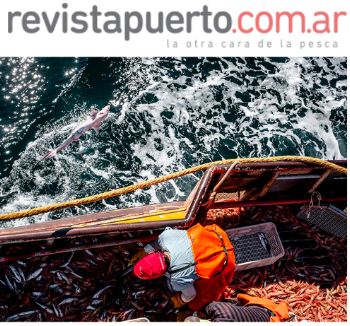|

Despite the alarming figures, it should be noted that this year the large concentrations of shrimp have helped to reduce the presence of hake
Almost All Argentine Shrimp Subareas Closed Due to High Presence of Hake
 ARGENTINA
ARGENTINA
Friday, September 13, 2024, 06:00 (GMT + 9)
The Undersecretariat of Fisheries announced the closure of subareas 5, 7, 8, and 14 due to the high presence of hake in the catches, reaching bycatch levels of 50%, with 80% of those being juvenile specimens. Until Saturday, only Subarea 4 will remain open; after that, three more subareas will be reopened, and it will be determined if the already successful 2024 season can continue, according to a report by Revista Puerto.
Yesterday, the Undersecretariat of Fisheries issued a statement announcing the closure of subareas 5, 7, 8, and 14 due to the high presence of hake in the catches, based on data provided by INIDEP. The most concerning figures came from Subarea 8, although all other areas also showed an increase in bycatch levels. On Saturday, the eastern sector of subareas 7, 11, and 15 will be opened; meanwhile, the fleet can only operate in the productive Subarea 4, located to the north of the closed area, which is currently the only one open.
During the analyzed period, from September 2 to 8, it was observed that the fleet mainly operated in the western sector of Subarea 7, where bycatch levels were at 22%, with this contiguous subarea recording the highest figures.
.png)
Click on the image to enlarge it
Subarea 8 was the most affected: on September 7 and 8, the levels of hake capture not only exceeded those of the previous period and other subareas, but the hake-to-shrimp ratio reached 51%. It is also noteworthy that the average proportion of juvenile hake in all the subareas observed was 80%.
In the other subareas evaluated (1, 2, 4, 5, and 14), an increase in the hake-to-shrimp ratio was also detected, although the amount of data collected was considered limited, and no data was reported from fresh fish vessels.
Adding to this scenario is a decrease in shrimp yields in recent days; it is expected that with the opening of subareas 7, 11, and 15 this Saturday, a greater concentration of shrimp can be achieved. However, it seems evident that the reproductive process of hake has begun, which could lead to increasing levels of bycatch in the future.
Despite the alarming figures, it should be noted that this year the large concentrations of shrimp have helped to reduce the presence of hake in the catches. In fact, according to INIDEP, from the start of the season outside the closed area, on March 27 to September 8, the accumulated hake catch (23,893 tons) is 3% lower than in 2023.
Related News:
.jpg)
[email protected]
www.seafood.media
|



